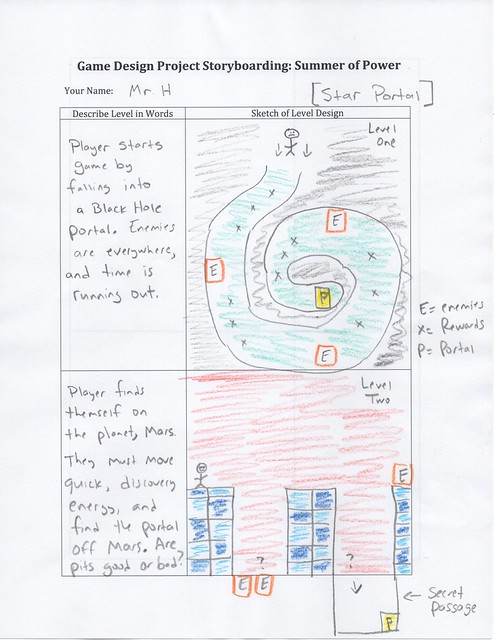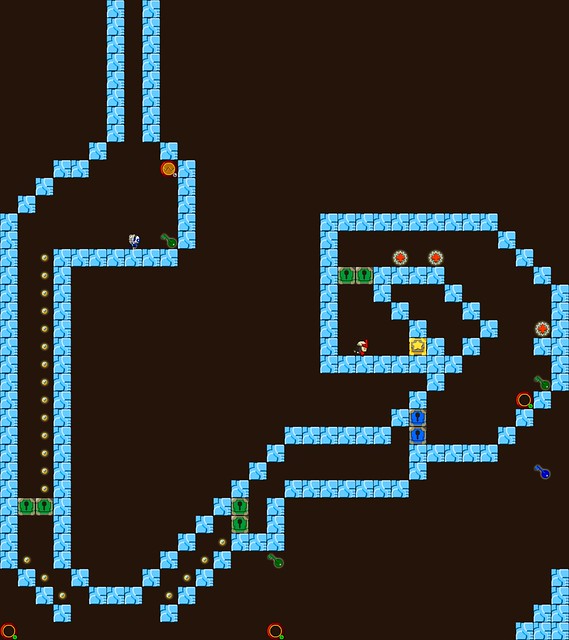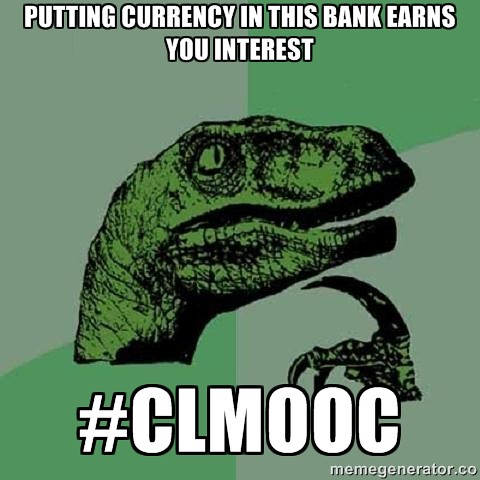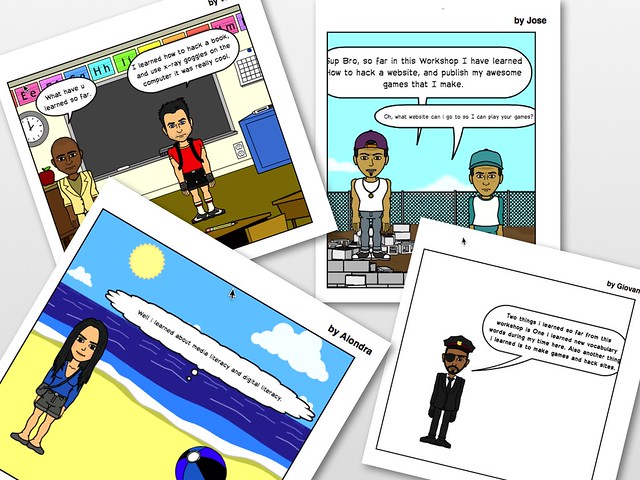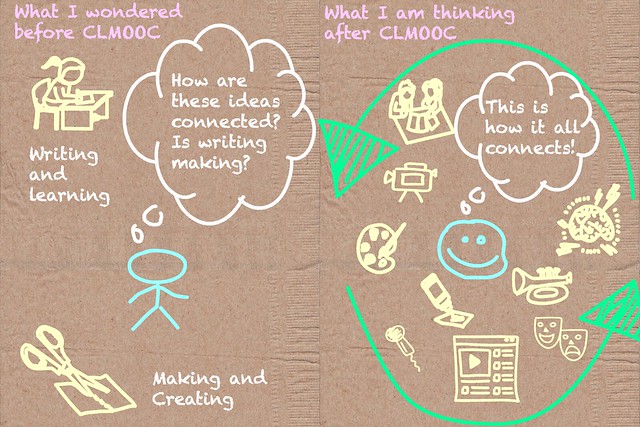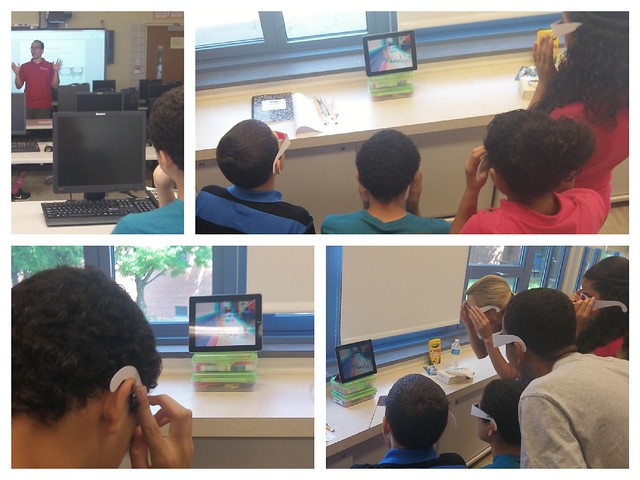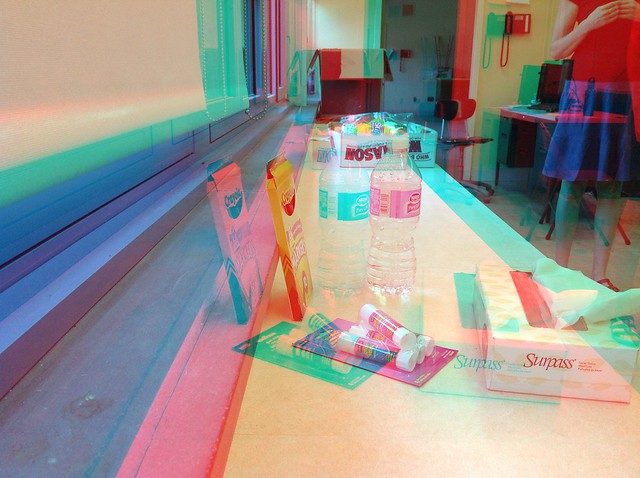I’ve mentioned that I am teaching a digital literacies workshop for high school students (English Language Learners) this summer and we are now moving deep into our video game design unit. Their task is to design, build and publish a science-based video game on Gamestar Mechanic, and their game has to be a few levels deep and tell a story. It’s a lot to ask of these students, but they’ve risen to the challenge all summer, and I suspect the games will be amazing.
I am a big advocate of planning out a game first. So, last week, they were brainstorming on paper some of the ideas around story, challenge, and theme to the games they will be building. Next up is storyboarding, which is a way that I explicitly tie in the game design process with the writing process — making visible the connections on how people work to create things, from brainstorming to drafting to sharing to revising to publishing.
To help them think about storyboarding out their games, which they will begin on Monday, I have been one step ahead of them, working on my own game. Not only does this send a message to the group that “I am with you” on this journey, but it also provides my colleague and I with an opportunity to share out the process of game design, making the steps more visible.
So, during a brainstorm session, I came up with the idea of using the Solar System as my science theme, and the story is that the player/character has unexpectedly found themselves off of Earth and they need to get back home (this is the Quest of the game). Different levels will represent different planets, and the player/character has to find the “portal” that will bring them to the next level, and eventually, back to Earth to win the game.
Here are the storyboard pages from the first levels of my game.
At this point, I have only created the start of the first level. There is a tool in Gamestar Mechanic that allows you to create a screenshot of levels (a tool that I love to use, and encourage all of my students to use). Here is an overview, then, of the first level of my game.
Want to play the first level? Give Star Portal a try. It’s a game in process …
Peace (in the game),
Kevin
